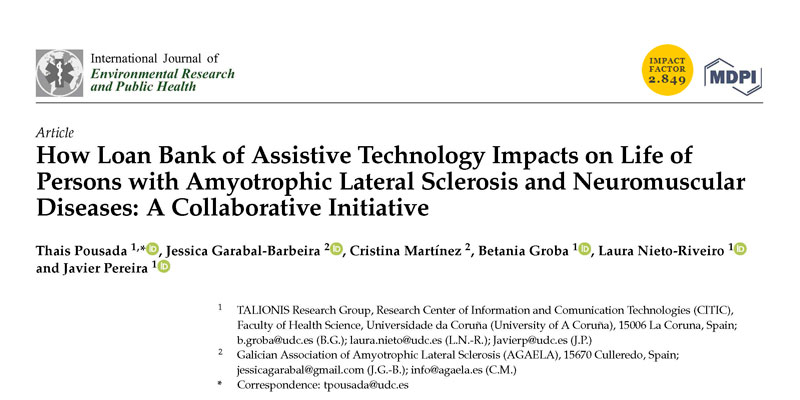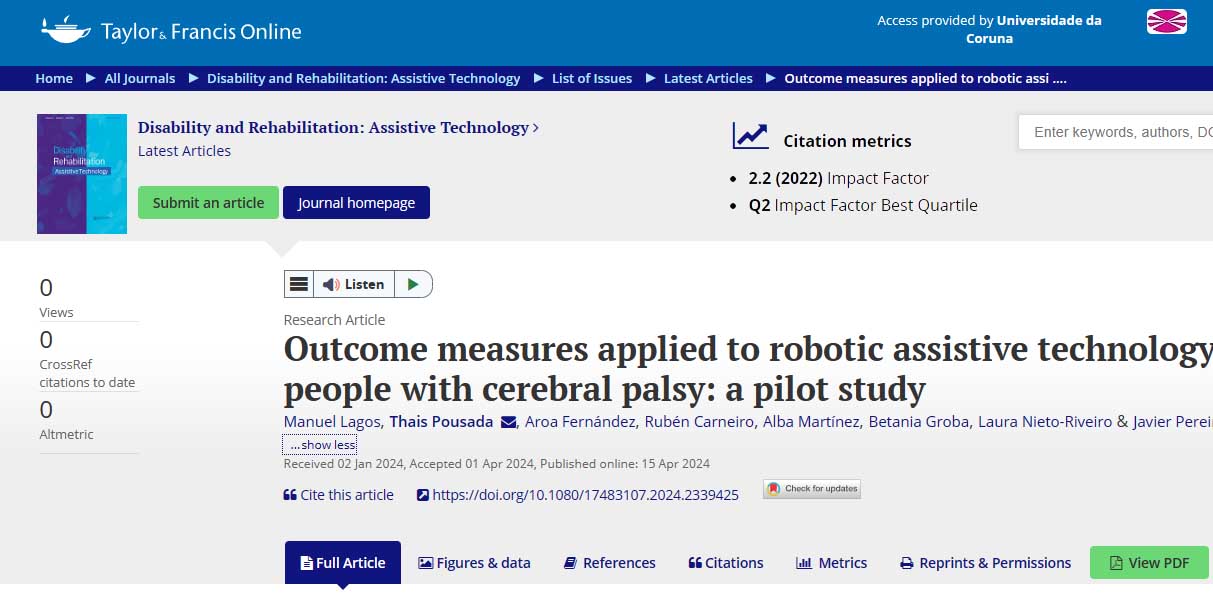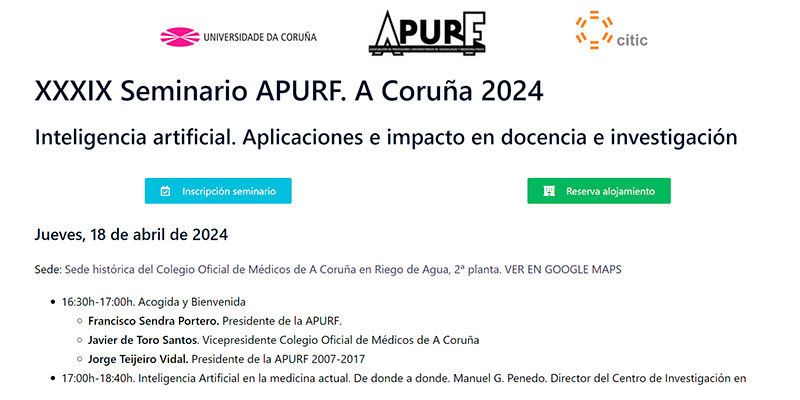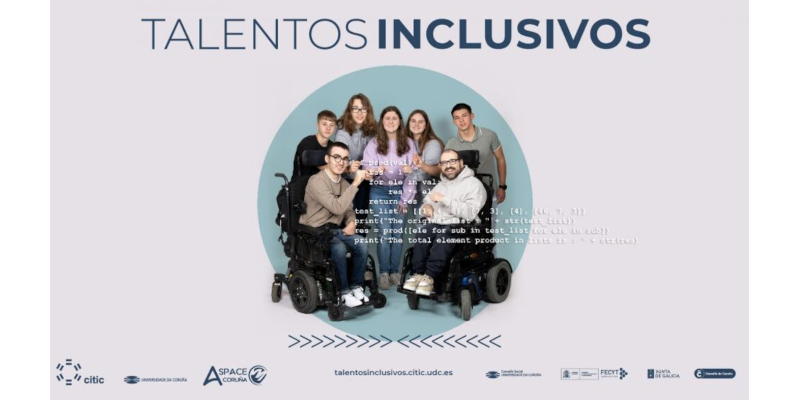Int. J. Environ. Res. Public Health 2021, 18(2), 763; https://doi.org/10.3390/ijerph18020763
Abstract
(1) Background: The study is focused on the implementation of outcome measurement tools to assess the impact of an assistive device from a loan bank in the lives of people with Amyotrophic Lateral Sclerosis and Neuromuscular Diseases. The secondary purpose is to analyse the correct matching between the person and technology, derived from the counselling of an occupational therapist. (2) Methods: Cross-sectional study. The sample was formed by 28 people with rare neurodegenerative disorders. A specific questionnaire, the Psychosocial Impact of Assistive Device Scale (PIADS), and the Matching Person and Technology (MPT) tool were applied to collect the data. (3) Results: The dimension of the PIADS with the best score was competence, and the variations according to gender were not remarkable. The three dimensions of the PIADS (competence, adaptability, and self-esteem) were correlated positively between them and with the mean score of the MPT tool (p < 0.01). The type of assistive technology (AT), diagnosis, and correct match between person–technology are the main factors that condition a positive impact. (4) Conclusions: The results noted the importance of assessing the needs, demands, and contexts of people with rare neurodegenerative diseases to prescribe the best AT. Loan banks of AT have to be considered a valid service that complements their lack in public health services.




